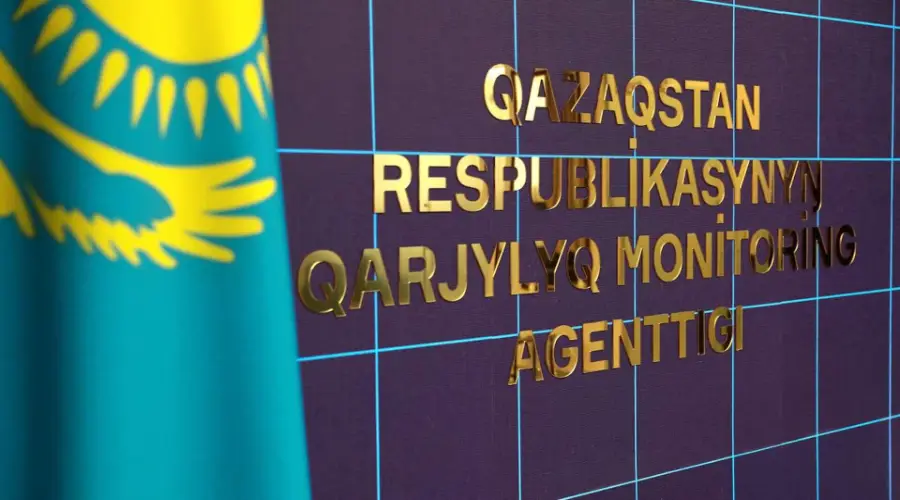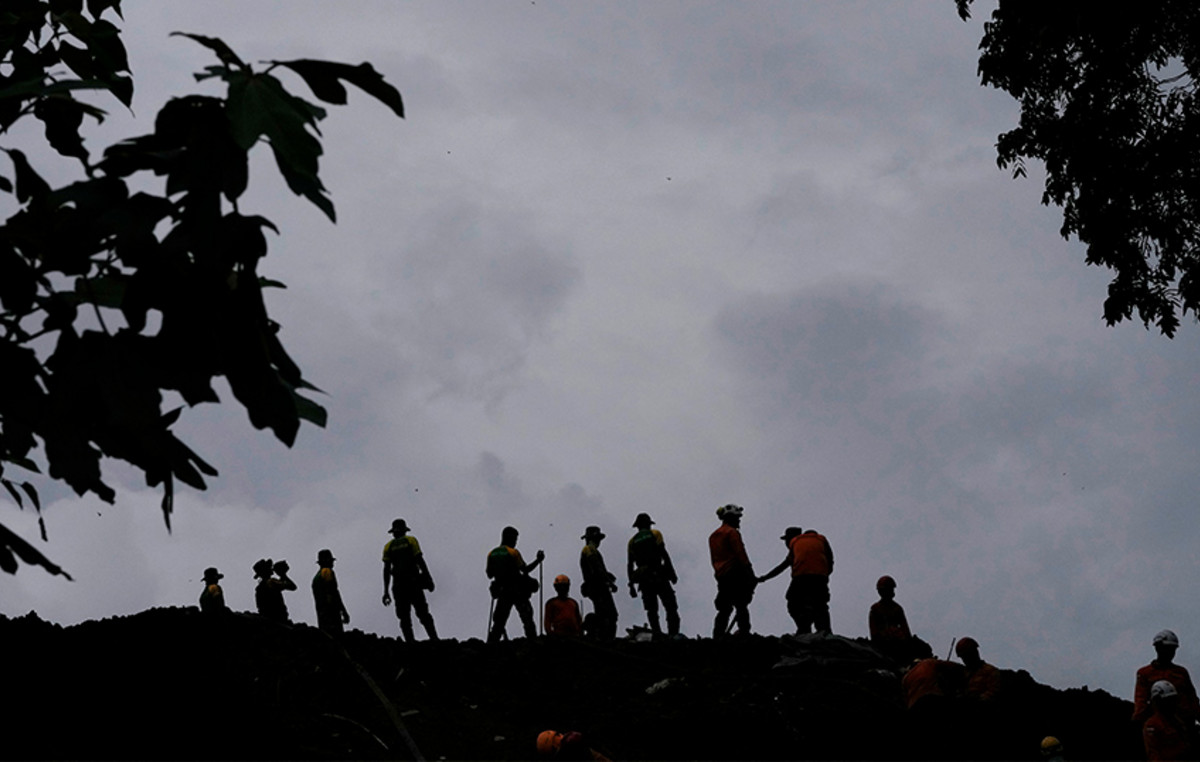The Israeli military has resumed fighting in northern Gaza, where it previously claimed to have dismantled Hamas' command structure. But it now claims the Palestinian militant group is trying to “regroup” in the area, raising doubts about whether Israel's goal of eradicating the group from Palestinian territory is realistic.
Israel resumed its ground operation on Saturday (11), with intense shelling and shooting, hitting a large part of the Jabalya refugee camp, in the north of the Strip. The Israeli military has also begun operating in the Zeitoun area of central Gaza, while continuing its offensive east of Rafah and near the Rafah-Egypt border.
Israel's return to areas it supposedly liberated from Hamas raises questions about its long-term military strategy, which, after more than seven months of war, has killed more than 35,000 Palestinians and left much of Gaza in ruins. However, more than 100 Israeli hostages are still in captivity and the Hamas leadership remains free.
The resumption of fighting in the north comes at a time when negotiations to reach a ceasefire agreement and the release of hostages are stalled. And the Biden administration signals that the United States is losing patience with Netanyahu's government.
Over the weekend, US Secretary of State Antony Blinken gave a scathing assessment of Israel's conduct in the war.
In an interview Sunday with CBS News, Blinken said any initial success in Israel's invasion of the southern Gaza city of Rafah — which Washington has strongly opposed — “is not sustainable.” The top American diplomat criticized Israel for not having an “acceptable plan to protect civilians” nor a post-war plan for the Palestinian territory.
“We are seeing parts of Gaza that Israel liberated from Hamas, where Hamas is coming back, including in the north, including in Khan Younis,” Blinken said, adding that a ground offensive in Rafah will leave Israel “holding on to a long-lasting insurgency, because many fighters from the armed wing of Hamas will remain no matter what they do in Rafah.”
“Or if they (Israel) pull out of Gaza, as we believe they need to do, we will have a vacuum that will likely be filled by chaos, anarchy and, ultimately, Hamas again.”
Some Israeli experts say that Netanyahu's current war strategy, which aims to completely destroy Hamas in Gaza, is flawed and unrealistic, as it lacks a long-term vision.
“Israel’s strategy is not good,” said Danny Orbach, a military historian at the Hebrew University of Jerusalem. He stated that the tactic of incessantly purging and degrading Hamas' capabilities while avoiding the responsibility of governing Gaza will not work.
Netanyahu has previously stated that Israel will have “overall responsibility for security” in Gaza for an “indefinite period” after the end of the war, a position that is at odds with that of the US.
With no viable alternative government, Netanyahu “as usual, decides not to decide,” Orbach said, adding that the ongoing strategy of “cleansing and degradation” allows the prime minister to avoid making difficult decisions on post-war Gaza by while preventing Hamas from resurfacing as strong as it was before October 7th.
The Israeli leader has not yet presented a post-war plan for the enclave. The United States has been pushing for a reformed Palestinian Authority (PA) to govern Gaza, which Netanyahu has repeatedly rejected. The PA is a government that hopes for a future independent Palestinian state in the occupied West Bank, occupied East Jerusalem and Gaza as part of a two-state solution to the conflict between Israel and Palestine.
Netanyahu has repeatedly said that the military is on track to eliminate Hamas and, in an interview with Dr. Phil on Friday, claimed that 14,000 Hamas fighters have been killed so far. Israel estimated that Gaza had 30,000 fighters before October 7.
A CNN cannot independently verify figures provided by the Hamas-controlled Palestinian Ministry of Health or Israel due to international media reporting restrictions.
Former and current Israeli officials, including a senior military figure, have issued warnings about the direction Israel is taking with the war.
Over the weekend, the Israel Defense Forces (IDF) Chief of Staff, Major General Herzi Halevi, criticized Netanyahu's strategy. “As long as there is no political movement that brings a non-Hamas form of government into the strip, we will have to operate repeatedly there and elsewhere to dismantle Hamas infrastructure.” “It will be a Sisyphean task,” he said, suggesting it may never be accomplished.
Senior IDF officials encouraged the prime minister to make decisions and formulate a strategy for the war, Channel 13 added.
Former Israeli military intelligence chief Tamir Hayman also suggested Israel's leadership negotiate a hostage agreement that includes an indefinite ceasefire and work with a Palestinian Authority to restore order in Gaza.
Hayman, who now heads the Institute for National Security Studies (INSS) in Tel Aviv, previously told CNN that Israel risks falling into a perpetual war of attrition, where there is “endless friction” with its neighbors. A prolonged war, he said, risks leaving Gaza under the rule of Hamas or at the mercy of a power vacuum where multiple armed groups can compete for authority.
Others say the resurgence of Hamas “pockets” is not unusual and that the Israeli military will have to continue entering areas of Gaza until no more fighters emerge.
“This process will happen again and again,” Amir Aviv, former deputy commander of the Gaza Division of the Israeli military, told CNN until all “pockets of resistance” are removed.
The former deputy commander believes that it is possible to eradicate Hamas. “Gaza is not infinite, it is not that big,” he said. “(Israel) has reached the last stronghold (Rafah), and now Hamas has its back against the wall.”
Source: CNN Brasil
Bruce Belcher is a seasoned author with over 5 years of experience in world news. He writes for online news websites and provides in-depth analysis on the world stock market. Bruce is known for his insightful perspectives and commitment to keeping the public informed.







